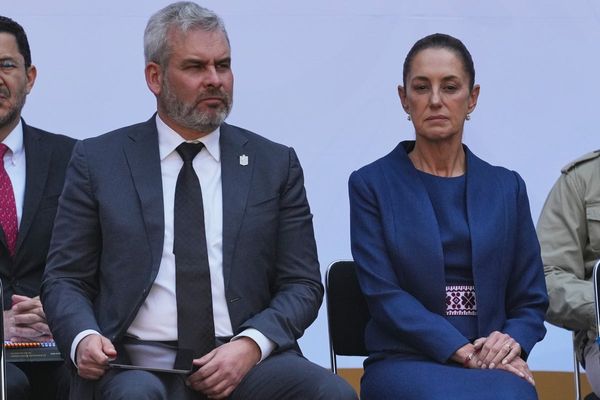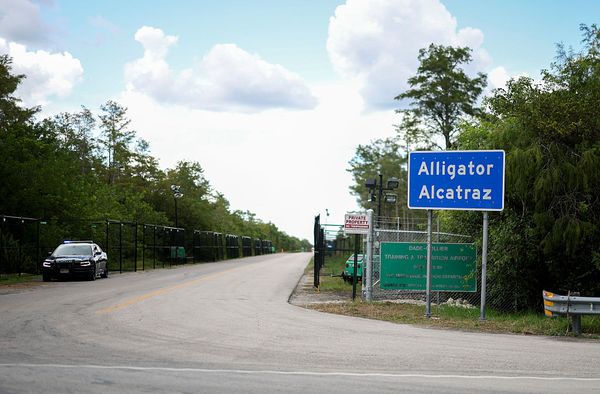
In Sunday’s Dutch Grand Prix, Oscar Piastri achieved a feat that only 26 Formula 1 drivers previously accomplished.
The McLaren driver took pole position with just a 0.012s gap to team-mate Lando Norris, then led the whole race despite three safety car interventions jeopardising his lead.
Piastri withstood Norris’ and Max Verstappen’s pressure to take the win; he even set the fastest lap despite completing his last stint on hard tyres, unlike most drivers on soft rubber. Pole, victory, fastest lap, and the whole race in the lead – that’s a grand slam.
This wasn’t the first one by a McLaren driver, but there have been relatively few for the Woking-based outfit. This was just a sixth occurrence for the team; in comparison, Ferrari recorded 17 grands slams, Red Bull is on nine, while Mercedes and Lotus have eight – solely thanks to record holder Jim Clark’s contribution, as far as Colin Chapman’s outfit is concerned.
Other current drivers that have achieved a grand slam include Lewis Hamilton (six), Max Verstappen (five), Fernando Alonso (one) and Charles Leclerc (one).
Let’s look at McLaren’s previous five grand slams, all of them courtesy of Ayrton Senna and Mika Hakkinen.
1989 Spanish GP – Senna keeps title race open
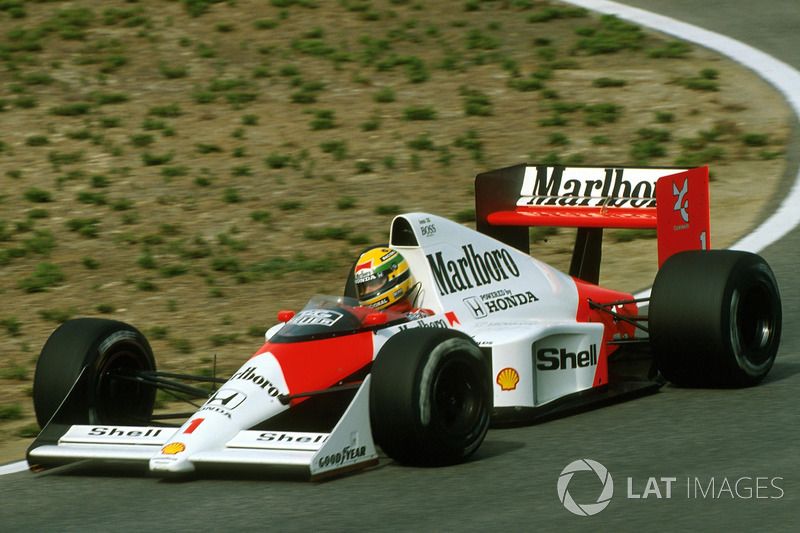
Senna knew he needed to win at Jerez if he was to keep his title chances alive; his deficit to team-mate Alain Prost was 24 points. Although Prost was handicapped by the rule according to which only the best 11 results of 16 grands prix counted towards the championship, for Senna to catch up with nine-point wins was a tall order.
The Brazilian did everything he needed to at the southern Spanish circuit. He was fastest in qualifying, with Ferrari’s Gerhard Berger 0.274s adrift. Berger did keep up with Senna in the first 20 laps of the race, but had to manage an oil leak and was 27 seconds behind under the chequered flag.
Senna was famously disqualified from the next race at Suzuka after colliding with Prost, officially for cutting the chicane after the collision, which meant the Frenchman won his third world title.
1990 Monaco GP – Senna prevails on his turf
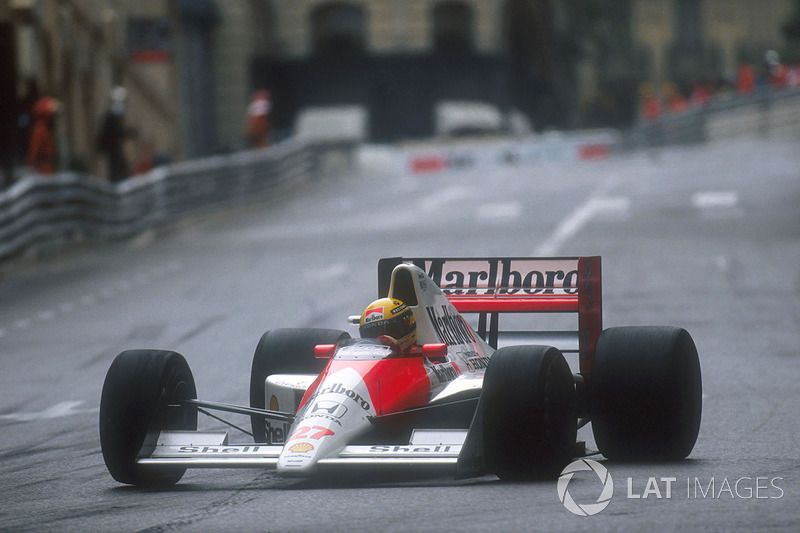
When F1 went to Monaco for the fourth round of the 1990 season, the championship was wide open between McLaren and Ferrari – Prost had switched to the Scuderia after his relationship with McLaren and Senna got strained. Senna was leading the championship on 13 points, with his new team-mate Berger and Prost on 12, while Williams’ Riccardo Patrese had nine points to his name.
Senna was already renowned as a Monaco specialist thanks to past prowess in the Principality, and got his fourth pole position at the track, outpacing Prost by 0.482s.
On lap 1, Tyrrell’s Jean Alesi overtook Prost on the outside of Mirabeau, with Berger missing his braking point and careening into the Ferrari. The race was stopped due to the track being blocked.
After the second start, Senna quickly pulled away from his rivals – with main challenger Prost retiring 30 laps in due to a battery failure – and created a 26-second gap before dramatically slowing down in the last 18 laps to preserve his Honda engine. He led Alesi by one second at the chequered flag, with his fastest time half a second quicker than Nigel Mansell’s.
1990 Italian GP – Senna triumphs on… Ferrari’s turf
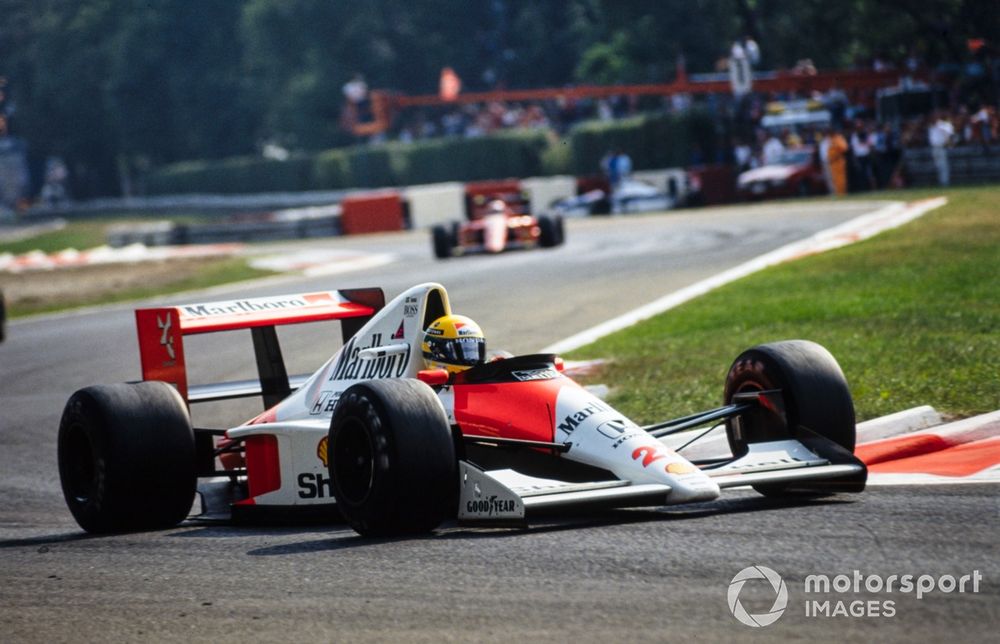
By the time F1 headed to Monza in 1990, the title battle clearly was a two-horse race with Senna leading Prost by 13 points. The tifosi hadn’t had many home wins to enjoy in previous years but had cause to be bullish this time; however Prost lagged 0.402s behind Senna in qualifying, saving a front-row start by 0.001s from the other McLaren, driven by Berger.
In a race that was remembered for Derek Warwick’s spectacular airborne crash with Lotus, Senna comfortably saw off his main threats – Berger, Alesi and Prost. Prost did trade fastest laps with Senna, but the Brazilian’s last marker went unbeaten – by a tenth of a second.
1998 Brazilian GP – Hakkinen’s perfect start to the season
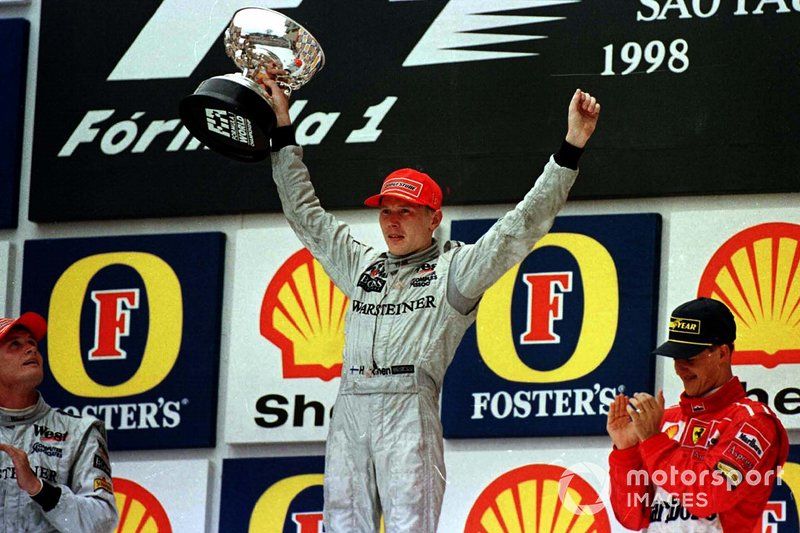
Hakkinen was on a roll. The Finn had taken an elusive maiden F1 victory in the season-closing 1997 European Grand Prix, then won the Australian GP from pole. The Melbourne round would have been a grand slam but for a superfluous trip through the pitlane that ceded the lead to his team-mate; at least David Coulthard kindly let him back through.
Coulthard had been very close in qualifying at Albert Park, but in the next round at Sao Paulo, Hakkinen took pole emphatically with a 1m17.092s lap that was 0.665s faster than his team-mate’s; everyone else was at least a second off.
McLaren overwhelmingly dominated the race, beating third-placed Michael Schumacher by a minute. Hakkinen’s advantage over Coulthard was 1.1s under the chequered flag, but don’t get the wrong impression – the 29-year-old simply slowed down on the last lap. Before that, he was four seconds up the road.
1998 Monaco GP – Hakkinen wins attritional race

Hakkinen shone again on one-lap pace in the Principality, taking his fourth pole position in six rounds, with Coulthard 0.339s off. The McLarens quickly pulled away in the race, with the Scot maintaining pressure on his team-mate as they traded fastest laps.
Coulthard’s 1m22.955s on lap 17 was immediately followed by his engine giving up the ghost when he exited the tunnel, and Hakkinen only marginally improved on this benchmark over the last 60 laps of the race – 1m22.948s – though he arguably didn’t have to push anymore. When Coulthard retired, second-placed Giancarlo Fisichella, for Benetton, was already 19 seconds away.
The gap between Hakkinen and Fisichella at the chequered flag was 11.5s. Eddie Irvine, in third, was 30 seconds further in arrears, and Arrows’ Mika Salo was the only other competitor on the lead lap, with just 11 cars reaching the finish.
